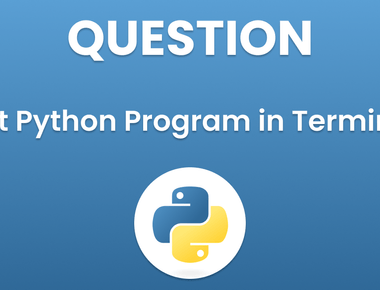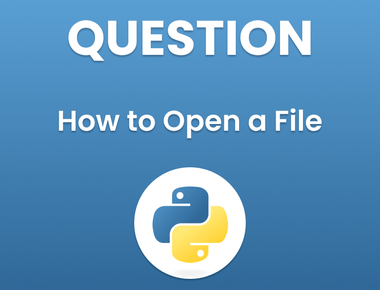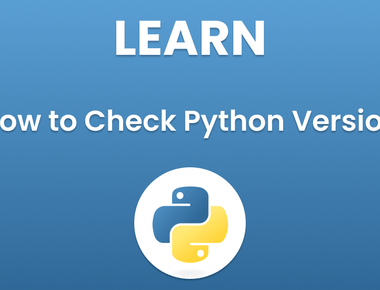Table Of Contents

Introduction:
Programmers understand the importance of keeping their programming language up-to-date. Python is one of the most popular programming languages due to its versatility, ease of use, and vast library of modules. But with every new release of Python comes new features, bug fixes, and security patches; thus it’s essential that you stay informed on all developments within the language. In this article, we’ll show you how to update Python so that you can stay ahead of the competition.
Why Update Python?
Before we delve into how to update Python, let’s first take a look at why it is necessary to upgrade.
- Security: Outdated Python versions can leave your code vulnerable to security breaches and cyber-attacks. Updating your version of Python ensures that your code is safeguarded against potential risks.
- New Features: The most recent versions of Python often include enhanced capabilities, libraries, and tools that make programming simpler and more efficient.
- Bug Fixes: Like all software, Python can have bugs. Updating your version of Python ensures that any issues that have been identified and corrected are addressed, improving the overall stability and performance of your code.
How to Update Python
Now that you understand why it’s essential for your Python version to remain current, let’s explore how to upgrade. The process may differ depending on your operating system; we have provided instructions for Windows, macOS, and Linux users alike.
Updating Python on Windows
If you have a Windows computer, here are the steps to upgrade your Python version:
- To download Python from its official website (https://www.python.org/downloads/), open your web browser and click ”Download.”
- Scroll down until you find the ”Python Releases for Windows” section and select which version you would like to download; we suggest downloading the most stable release available.
- Click either ”Download Windows x86-64 executable installer” if your operating system is 64-bit, or click the link for 32-bit versions of Windows.
- When the download file has finished downloading, open it and follow the installation wizard to update Python to its latest version.
Updating Python on macOS
For more information on updating Python on macOS, see Updating Python with macOS
If you have a Mac computer, these steps will help update your Python version:
- To update, launch Terminal on your Mac and type in
brew update. - followed by type
brew upgrade python, then hit enter. - Wait for the process to finish updating itself.
Updating Python on Linux
If you’re running a Linux operating system, the process for updating Python may differ depending on which distribution. Generally, though, these steps should suffice:
- To update a Linux computer’s terminal, type
sudo apt-get updateand hit enter. - Now type
sudo apt-get upgrade pythonand hit enter too, - then wait for the process to finish.
FAQs
Here are some frequently asked questions about updating Python:
- Can I have multiple versions of Python installed on my computer? Absolutely, this is possible and beneficial if you are working on projects requiring different Python versions.
- Will Upgrading Python Affect My Existing Code? In most cases, updating Python should not affect your existing code. Nonetheless, it’s wise to test your program after making any changes in order to guarantee everything functions as expected.
- How Often Should I Update Python? It is recommended to upgrade Python at least once a year in order to guarantee you have access to all the newest features and bug fixes. However, if working on an important project, more frequent upgrades may be necessary in order to protect against potential security threats.
Conclusion
Updating your Python version is an integral part of programming. In this guide, we’ve shown you how to update Python on Windows, macOS, and Linux so that you have access to the most recent features, improvements, and bug fixes. By keeping your code up-to-date with Python versions, it will run smoothly and efficiently while protecting it against potential security threats. Now that you know how to update Python successfully, take your programming skills to the next level!
Subscribe to our newsletter!
Quick Links
Legal Stuff
Social Media







